When you are in the market for new shoes, it can be overwhelming to pick the right shoe for you. Advertising has an incredibly powerful impact on people’s decisions and can be the downfall for many injuries.
There are different types of shoes for different running purposes. Triathlon is already an expensive sport, but having 2 pairs of shoes can be justified.
Why?
- Alternating between shoes allows small changes to the muscles whilst running and helps limit over fatigue in one specific area.
- We can also use different types of shoes for different sessions. For example, a short/speed session you may be inclined to use a lighter shoe (race or more minimalist). For long runs you should be using a shoe that is plusher (cushioned and potentially more supportive). However, if you have a foot that needs support- both pairs of shoes should have support inbuilt, don’t go for a shoe for a neutral foot type.
- Trail runners are a great purchase for winter when heading off-road. Not only are they waterproof for all the rain we are about to have, but also will have more grip so you don’t slip.
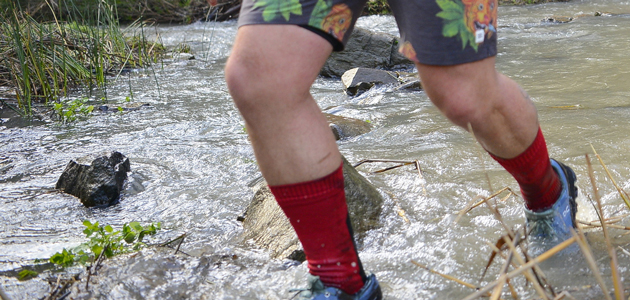
Please, please, please:
- DO NOT buy a shoe based on colour or looks!!!
- DO NOT buy shoes online that you have never tried before. Size can vary and the consequences of ill-fitting shoes are an injury, blisters and black toenails.
- DO NOT CHANGE SHOES DURING A BUILD UNLESS YOUR HEALTH PRACTIONER TELLS YOU TO!
Now what to do:
- Take yourself to a store like Active Feet where you can be fitted by Podiatry students. They will watch you run on a treadmill. This will help you get a great fit and a try before you buy approach.
- Change your shoes every 500 – 1000km. Over time the show will lose the ability to absorb shock along with the mid-soles becoming more compressed. How quickly you will need to replace them will depend upon your impact of landing. You can track the kms using your Garmin, Strava etc and of course look at the wear on the sole.
Other tricks:
- Out of tri season take your elastic shoelaces out. Why? Because there is increased movement of the foot within the runner with elastic laces predisposing you to more injury. Ideally, elastic laces should only be used for races.
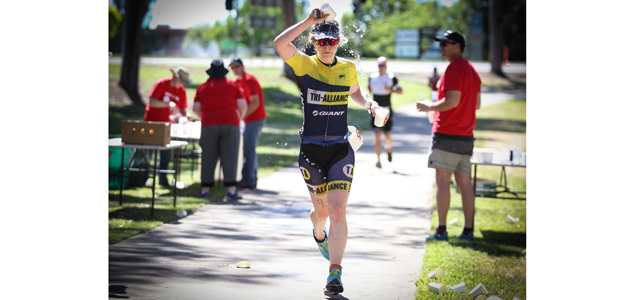

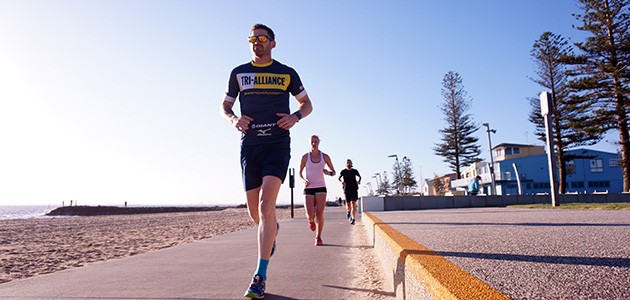
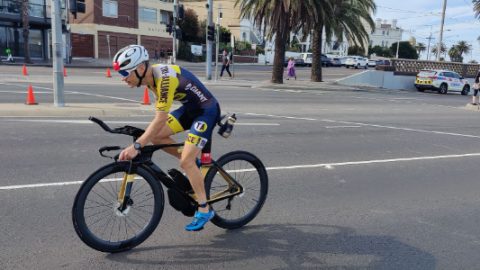
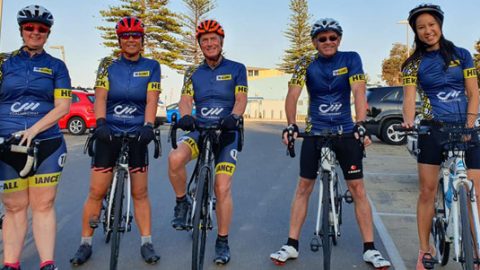
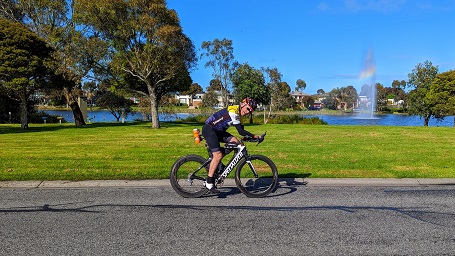
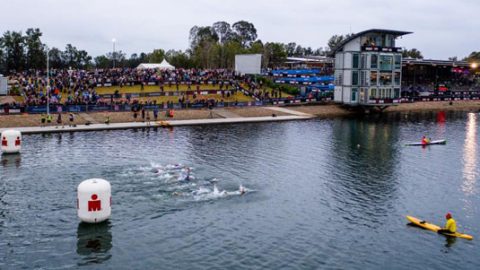
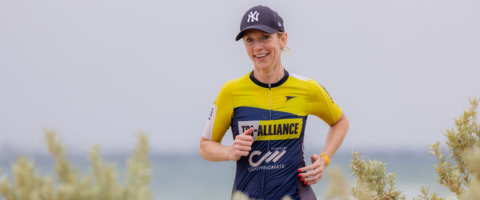

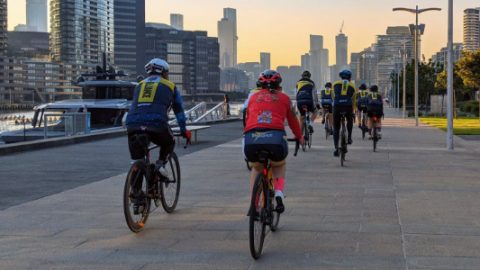
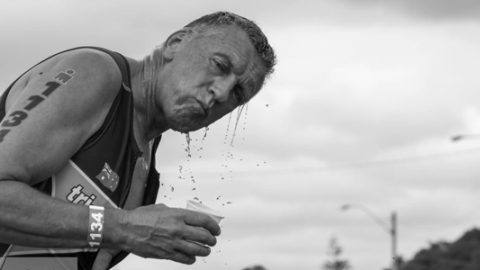
Nice legs, nicer shorts